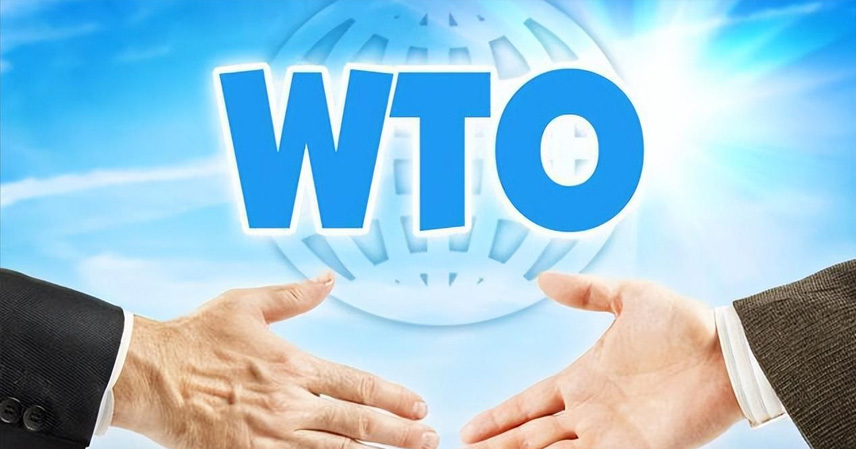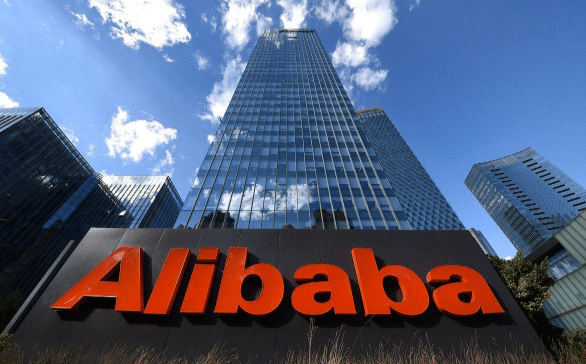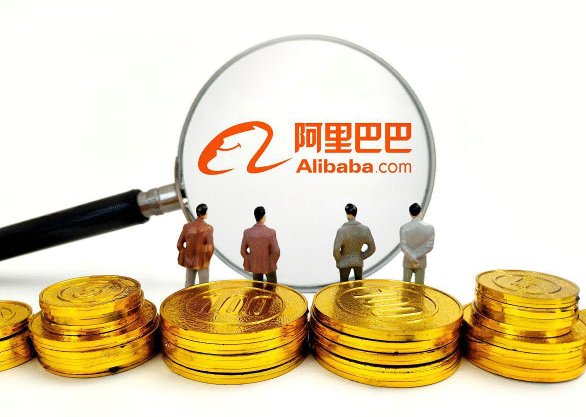A Ripple That Shook the World
Just a week after China tightened rare earth export controls, the global reaction has been dramatic.
The United States quickly raised alarms, Europe lined up in protest, and even the World Trade Organization (WTO) weighed in — an unusual move that hinted at where the global powers stand.
But this isn’t just about rare earth minerals. It’s about a reshuffling of power in the global industrial chain.
This time, China isn’t merely limiting exports — it’s asserting its right to set the rules in the resource game.
Behind the Anxiety: Misjudgment and Dependence
The first response to China’s new export rule didn’t come from emerging markets in Asia or Africa — it came from Washington.
U.S. Treasury officials warned that China’s move would “severely impact the security of America’s high-tech industries.”
Translation: the supply choke point is now visible, and the U.S. is gasping for air.
The anxiety isn’t unfounded. Rare earth elements are the lifeblood of modern defense, electronics, and clean energy industries.
Although the U.S. has substantial reserves, decades of outsourcing mining due to environmental and cost concerns left it dependent on foreign sources — primarily China.
Now, with China tightening the tap, the U.S. finds that “global diversification” was more illusion than strategy. Restarting domestic mining faces technical, environmental, and community resistance that cannot be solved overnight.
In Europe, the reaction was equally swift. Countries like the Netherlands and the U.K. introduced measures to restrict Chinese participation in sensitive sectors under the pretext of “protecting semiconductor security.”
But these are political gestures more than economic safeguards.
Europe’s rare earth dependency is real — no major reserves, immature recycling systems, and heavy reliance on Chinese technology.
And while China races ahead in new energy and smart manufacturing, Europe’s attempt to “slow China down” might only slow itself.
The WTO’s statement, urging China to “adjust” its export measures, raised eyebrows.
While it framed the call as support for “openness,” it overlooked a key principle — resource sovereignty.
Under international law, every country has the right to manage its own strategic resources.
By implying China should “share the ball,” the WTO risks eroding its neutral credibility.
Meanwhile, Asian and African nations reacted with pragmatism.
Instead of following Western criticism, countries like Indonesia and Malaysia began negotiating joint processing ventures with Chinese companies.
Several African nations sought deeper inclusion in China’s supply chain.
They realized that shouting from the sidelines yields nothing; collaboration brings real benefit.
The global rare earth order is quietly shifting — from Western dominance to pragmatic cooperation among emerging economies.
A Long-Planned Strategic Adjustment
Many observers see China’s move as retaliation against Western pressure. In reality, it’s a carefully planned strategic upgrade years in the making.
For too long, China’s rare earth industry was plagued by disorderly mining, environmental damage, and undervalued exports.
A resource as critical as rare earths was being sold like sand instead of gold.
The new policy addresses these legacy issues while preparing for the future.
Its two guiding principles are environmental protection and industrial upgrading.
1. Environmental Standards as a Red Line
Mining projects that fail to meet green certification standards are being cut off from export eligibility.
This isn’t a PR move — it’s a hard reset.
Regions like Jiangxi and Inner Mongolia are undergoing large-scale ecological restoration, transforming once-polluted mines into sustainable production zones.
2. From Selling Materials to Selling Technology
China aims to move up the value chain — supporting research in high-end rare earth materials rather than exporting raw ores.
This shift not only protects the nation’s resource value but also strengthens China’s strategic position in aerospace, new energy, and advanced materials.
The message is clear: we no longer sell the shovel; we own the mine.
Crucially, China hasn’t “closed the door.”
Officials have repeatedly stated that rare earth exports are not a blockade but a regulation.
Business remains open — for those who play by fair rules and reject political coercion.
This is China’s “soft reminder” to the world that cooperation must be built on mutual respect.
A prime example is the China–Kazakhstan Rare Earth Industrial Park, where China provides technology and Kazakhstan provides resources — sharing profits rather than control.
This cooperative model stands in contrast to the Western “buyout and dominate” approach of the past.
Domestically, China is also diversifying supply sources across Africa, Latin America, and Southeast Asia, while optimizing reserves at home.
The combined strategy of “opening new sources and tightening leaks” ensures supply stability and reduced Western dependence.
Talks of “decoupling” sound hollow when China already has contingency routes mapped out.
Reading the Global Fractures Through Rare Earths
This rare earth episode is more than a trade policy shift — it’s a stress test for the global order.
The Race for Technological Independence
The U.S. is pouring billions into recycling technology and domestic mining, while Europe has launched its Critical Raw Materials Act with subsidies for local extraction.
But the hard truth is: China dominates rare earth refining and separation technologies, holding the majority of global patents.
These are industries that require expertise, patience, and tolerance for “dirty work” — qualities the West often lacks.
The Strain on Global Resource Governance
Institutions like the WTO and OECD are finding it harder to remain neutral as major power rivalries intensify.
The clash between resource sovereignty and free trade ideology is deepening.
China’s proposal for a multilateral, fair, and environmentally responsible resource framework may sound moderate, but it’s challenging the old hegemonic trade model.
If global institutions can’t adapt to this new multipolar reality, they risk becoming irrelevant.
The Rise of the Global South
Emerging markets are quietly taking on new roles in resource governance.
Countries such as Brazil and Argentina are seeking joint ventures with China to develop processing capacity, while ASEAN nations are partnering to build regional industrial parks.
This South–South cooperation network is reshaping the global discourse on resources.
China: From Rule Follower to Rule Maker
Perhaps the most profound shift is China’s transformation from rule executor to rule setter.
Instead of blunt embargoes, China uses standards and systems to regulate access — a more sophisticated, sustainable form of leverage.
The approach may trigger pushback, but as long as China maintains its technological lead and industrial stability, external pressure will have limited impact.
Resources aren’t for “strangling others,” but neither are they for unconditional sharing.
China isn’t closing the door — it’s changing the lock.
Those who wish to enter must learn to respect the rules.
Conclusion: The Mirror of Global Power
The rare earth struggle isn’t just about minerals — it’s a mirror reflecting the deeper fault lines of global power.
China’s move marks a shift from reactive defense to proactive rule-making.
In an age where “whoever punches harder” once decided dominance, China is showing that lasting power lies in defining the rules of the game.
Through its rare earth policy, China has told the world:
We not only hold the cards — we know how to play them.



